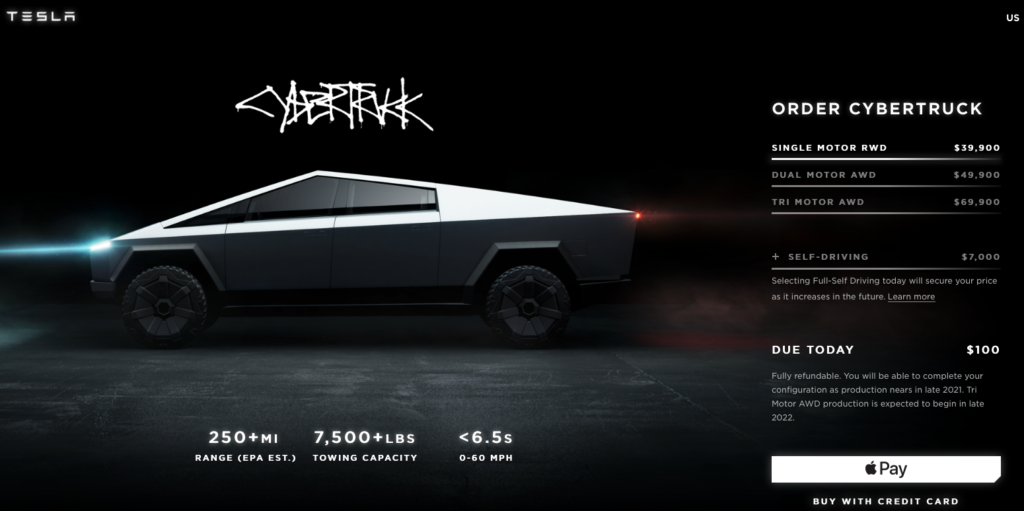Alstom to Supply Driverless Trains & Digital Signalling System for Sydney Metro Extension
Australia’s biggest public transport project 22 November 2019 – The Northwest Rapid Transit Consortium (NRT) has reached contractual close for the extension to the existing NRT Public Private Partnership (PPP) contract on Sydney Metro. The contract, which…
